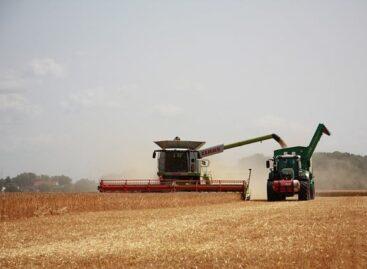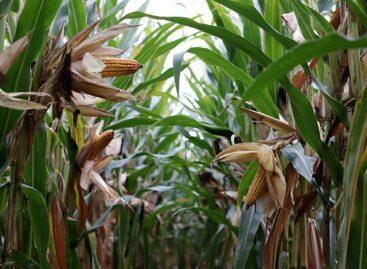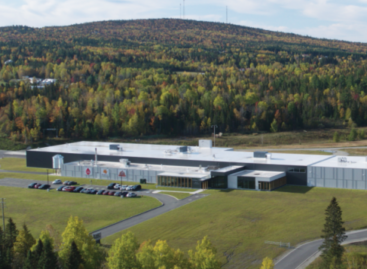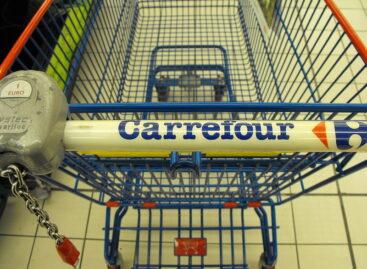Easter eggs can be a third cheaper than last year
By Easter, the average consumer price of eggs can be around HUF 60, which means that customers can get one of the essential staple foods for the holiday one third cheaper than last year – according to an analysis published by Agroinform.hu on Tuesday. The domestic producers are able to adapt to the increasing demands at this time, nevertheless, it may be advisable to purchase the necessary quantity in time, 1-2 weeks before Easter.

(Photo: Pixabay)
The announcement quotes Csaba Héjja, senior analyst of MBH Bank’s agricultural and food business, who said: due to the favorable development of feed costs, the cost of production has decreased significantly compared to last year, which is also reflected in consumer prices.
Despite the seasonal increase in demand that characterizes the holiday, no supply problems are expected this year either
The domestic self-sufficiency level reaches 80 percent, which is supplemented by trade imports during peak periods. However, daily shortages cannot be ruled out at the local level. Agroinform.hu pointed out that in the case of eggs with an officially regulated 28-day shelf life, purchasing stocks in advance – under appropriate storage conditions – does not entail a quality risk. The analysis reminds us that according to KSH data, 2.5 billion eggs were produced in Hungary in 2022, 5.1 percent less than a year earlier. The annual egg consumption per capita was an average of 242 eggs, which is practically the same as the consumption level of the previous five years. They also drew attention to the fact that the future development of egg prices is shaped by many factors. In the period after Easter, you can expect a drop in demand, which is also confirmed by the fact that the hens kept at the village gates will start laying eggs, displacing some of the purchases from stores and markets. For this reason, prices may return to the current HUF 50-55 level in the short term.
In the longer term, however, it seems inevitable that prices will rise
In contrast to the decrease in feed costs, both equipment purchases and energy and labor costs are on the rise again, so it is characteristic of more and more producers that they are again forced to produce close to the cost-effectiveness level at current prices. An additional risk may be bird flu, which can still occur on a mass scale at any time. The big question for the future is how the possible ban of caged animal husbandry expected within a few years will affect the sector. It is expected that many of the smaller plants will not be able to carry out the necessary transformations, new capacities will have to be created in order to maintain the domestic self-sufficiency level – added Csaba Héjja.
MTI
Related news
The net sales revenue of all groups of ornamental plants increased in 2023
In 2023, according to data received as part of the…
Read more >Agrometeorology: summer crops would need a lot of rainfall
The summer harvest crops would need the most precipitation during…
Read more >Related news
Valeo Foods Completes Acquisition Of Appalaches Nature
Valeo Foods Group has completed the acquisition of Appalaches Nature,…
Read more >Carrefour grows in France and Brazil, lags behind in rest of Europe
Carrefour says it is rather pleased with its financial results…
Read more >Food and beverage innovation plunges nearly 50% since 2007: Mintel
The market research firm said about a quarter of items…
Read more >








